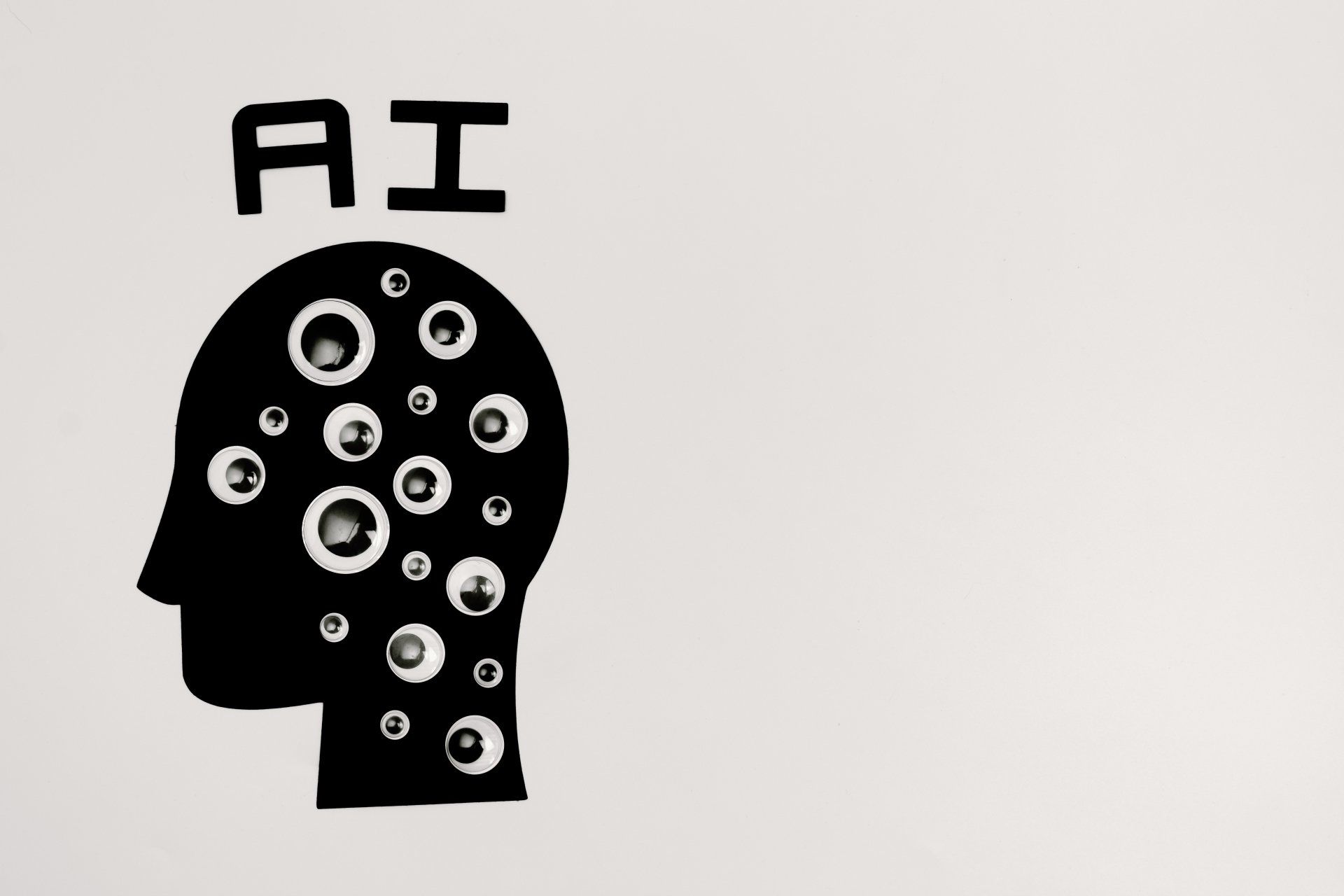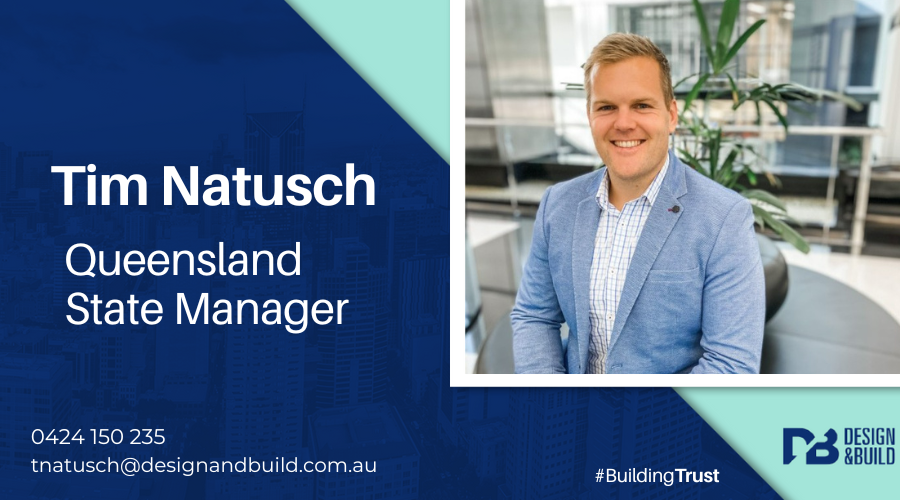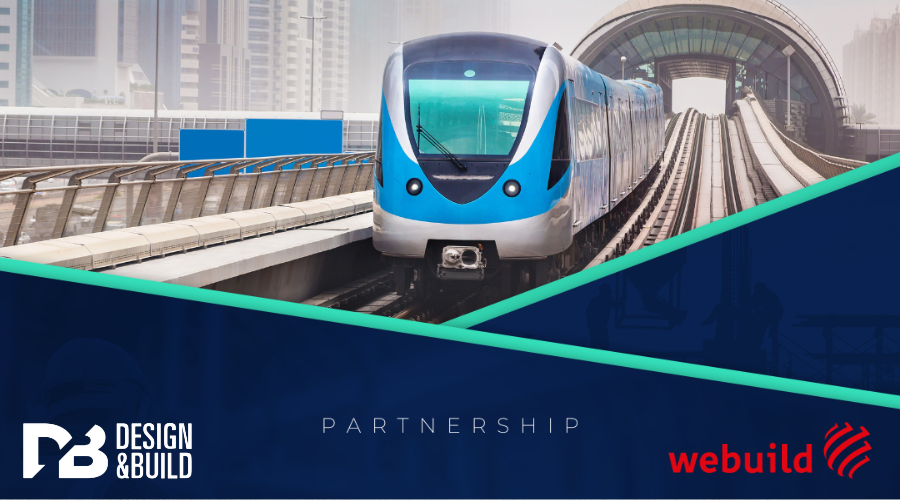Explaining your contract experience to prospective employers
11 months ago By Emily Harris

Contract and temp work are all incredibly popular employment options within the Built Environment Industry and often a great way for an employee to 'trial' or get their foot in the door of a new company. However, if you’ve built up your resume doing different short-term contracts, what’s the best way to present these experiences on your resume or in your next job interview – especially if your previous contract stints were only a few weeks to a month? A common fear for candidates when applying for new roles is that their short-term experience or ‘jumping from job to job’ won’t look enticing to prospective employers. And indeed, a key thing most hiring managers and recruiters are looking for is reliability. They want an employee who will enjoy their work and the company they’re working for and become a loyal employee and advocate. It’s presumed that a recruiter or hiring manager will prefer to see steady work experience from a candidate because hiring anyone new is essentially an employer making the following bet: will this person I’m hiring remain with my company long enough to make up the money I’m going to spend on training them? For this reason, some employers can consider too many seasonal or contract-based work experiences on your resume as a red flag. They worry that the candidate in question might be easily bored or not dedicated and thus less likely someone they would consider to take on for a longer-term project or permanent role.
Some candidates might think it's better to leave their contract experience off their resume, but leaving contract roles off your resume – especially if they’re relevant – will leave employee gaps which could also be a cause for concern. Furthermore, the perception of contract work has changed over the last few years. Contract work has become an increasingly popular and viable mode of work not just within the Built Environment Industry but across all industries as more organisations embrace flexible working options and new business models emerge that dismiss the conventional ‘employee’.
As at August 2021, there were 2.4 million Australians casually employed in Australia (23% of employees, 19% of all employed) [1] (Australian Bureau of Statistics, 2021). Furthermore (before COVID-19) The Construction Industry had one of the highest proportion of contractors within the Built Environment Industry, while 23% of Australian employers within the Engineering space were employing temporary and contract staff regularly [2] (Embedded Expertise, 2019). And while contract work dropped in 2020 and early 2021 during the peak of the pandemic, its popularity has continued to grow - especially as each state works through the busy infrastructure pipeline set by the Australian government as part of the country's post COVID-19 'economic recovery'.
Ultimately, considering how popular contract and non-standard forms of employment have become, the time you spend in a role is inconsequential when compared with what you have achieved during your time in that role, and if you have fulfilled what you expected to achieve when you joined. To help highlight this in both your resume and your interview; Design & Build has collated the following tips:
Tell a story
One of the biggest things when listing or discussing your contract work experience is being able to do so in a linear narrative. Work experience over time at a single company tends to do this by default – e.g. you started a role at an organisation as a graduate and were promoted after three years. If you’re stringing together work you’ve undertaken on a variety of projects, then the job of crafting the narrative of your work experience falls on you. An easy thing to help create a ‘narrative’ is trying to group your work experience together – for example, this can be based on the role type or what type of organisation you were working for (transport infrastructure or commercial buildings). Grouping related work projects together help demonstrate your learning and the skills you’ve acquired over time. It also makes it easier for recruiters and hiring managers to scan through your resume and understand which work experiences of yours were done in which context.
Be results-focused:
Furthermore, when explaining each project or contract you’ve done, be sure to highlight the achievements or the direct result of your actions (this is relevant for both resumes and job interviews). This will not only help showcase your skills and knowledge but also further prove you achieved the goals set out in any particular project. This can be supported by including figures to quantify your actions. For example, “On a website overhaul project I was working on, one of my key responsibilities was re-creating the brand’s guidelines. These guidelines were able to provide brand consistency across all external communication, which in turn positively contributed to our brand recognition and awareness- we saw an increase of 6.5% in direct traffic to our website in the months after finalising these brand guidelines.”
Have answers ready for any very short-term contracts or experience:
When heading into any job interview, you’ll be asked about your recent experience. So, if you think certain points of your work experience will grab the attention of recruiters or hiring managers like notable gaps or ‘job hopping’, you should stock on a few answers to use within the interview. There are many ways to present your contract or short-term experience in an interview that positively reflects on you. As we’ve previously mentioned, contract work means that yes- you’ve moved around a lot but also that you’re adaptable and can learn new processes quickly. If you’ve had a few short-term temporary roles while you’ve looked for permanent work, it shows your work ethic and dedication to remaining in your chosen industry while searching for longer-term work. Try to focus on the positives within your answers. If you’ve chosen to leave a contract early for negative reasons (perhaps you didn’t like the workplace culture or the role wasn’t what had been previously advertised) it’s also important to remain positive and not be directly negative about the company. Networks - especially within industries like Construction, Engineering, Property etc are very tightknit and criticising a fellow company doesn’t create an impression of being a ‘team player’. Alternately answers like the following (if they apply) could help:
“I’m looking for a position that is a better fit with my experience. The type of culture I thrive in is...”
“I was only required in the role for a short-time, but during my time in the role, I learnt this…and this”
“After I was made redundant last year due to a merger, I wanted to continue with some contract work to keep my skills sharp, while looking for my next permanent role”.
Prep for your interview
Like with any interview, preparation is key – especially when you think you might be faced with tricky questions on your previous experience. Once you’ve developed some hypothetical answers that explain any gaps or short-term roles, be sure to practice these beforehand. This will help your confidence going into the interview and decrease the chance of you halting or struggling to answer any particular question.
Finally, it’s important to remember that your diverse employment history has made you who you are; the skills you’ve developed and the knowledge you’ve learnt. This is an asset for companies and more importantly, these organisations understand that the time spent in a role doesn’t necessarily reflect your skills, loyalty or commitment.
If you’re looking for advice in preparing for a new contract position or looking for new opportunities (contract or permanent) within the Built Environment industry, you can reach out to Design & Build. We specialise in helping candidates with all areas of the recruitment process- from resumes and answering selection criteria to the final job interview. You can reach out to us at info@designandbuild.com.au for more information.
Ready to find your next role? Start the search today!
---
1. Australian Bureau of Statistics. (2021). Characteristics of Employment, Australia. Australian Bureau of Statistics. Retrieved from: https://www.abs.gov.au/statistics/labour/earnings-and-working-conditions/characteristics-employment-australia/latest-release#:~:text=Media%20releases-,Key%20statistics,from%2032%25%20in%20August%202019.
2. Embedded Expertise. (2022). An employer's Guide To Contract Engineering. SAGE Group. Retrieved from: https://www.embeddedexpertise.com/newsroom/an-employers-guide-to-contract-engineering












